IRFA (now ICMR)
Indian Research Fund Association (IRFA) is established by Sir Harcourt Butler on November 15.
IRFA (now ICMR)
Indian Research Fund Association (IRFA) is established by Sir Harcourt Butler on November 15.
1911
IjMR
The Indian Journal of Medical
Research (IJMR) starts (now a leading peer-reviewed indexed journal of biomedical research).
1913
ICMR
The 'Beri-Beri Enquiry' under Sir Robert McCarrison is set up (now known as National Institute of Nutrition or NIN, Hyderabad).
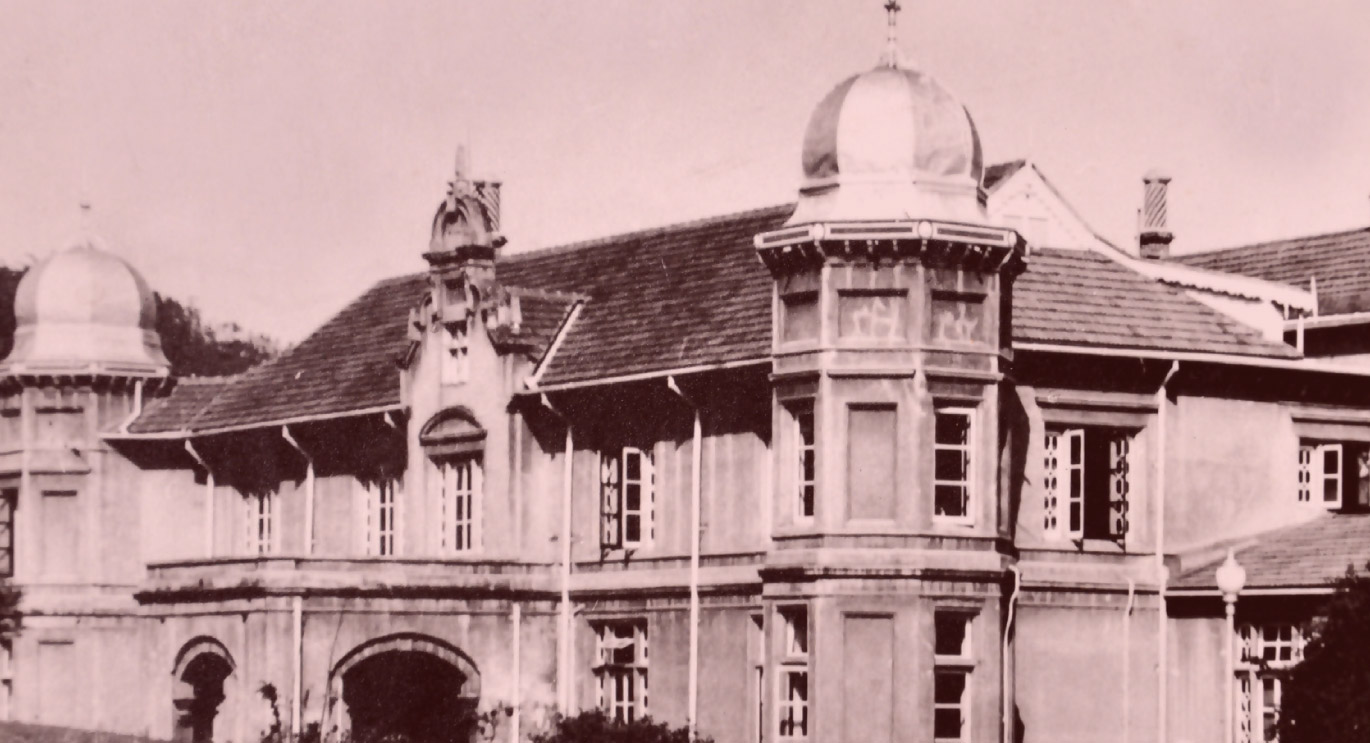
Beri Beri Enquiry in Pasteur Institute, Coonoor, birth place of National Institute of Nutrition.
1918
research on
Research on indigenous drugs (under Col. R.N. Chopra at the Calcutta School of Tropical Medicine, Kolkata) initiated.
1919
malaria survey
Central Malaria Organization known as "Malaria Survey of India" forms under the guidance of Lt. Col. S.R. Christophers with its first station set up in Karnal.
first
First publication of "Records of Malaria Survey of India" (later renamed as Journal of Malaria Institute of India, then Indian Journal of Malariology, and now Journal of Vector Borne Diseases).
1927
hygiene and
The Governing Body of IRFA sets up the Institute of Hygiene and Public Health at Kolkata.
1932
nutritive value
The Nutritive Value of Indian Foods and Planning of Satisfactory Diets" is published for the first time for India.
1937
the first ever
The first-ever biomedical research fellowship scheme is initiated by IRFA aimed at nurturing health research in India.
1941
transmission
Transmission cycle of the parasite of Kala-azar is elucidated, which helps in prevention and control of the disease.
1942
recommended
Recommended Dietary
Allowances (RDA) are made for the first time for the Indian context and are updated every 10 years.

Diet Survey in Progress
1944
Filariasis
National Programme for the control of Filariasis in association with the Malaria Institute of India is initiated.
1949
Renaming of
IRFA is renamed to the Indian Council of Medical Research.

Delivery of DEC medicated salt by vendors to the community for filariasis control.
1949
ICMR
The Virus Research Centre is set up in Pune (now known as National Institute of Virology or NIV, Pune).

Renaming of Rockefeller Centre to National Institute of Virology.
1951
bombay blood
A new blood group, the Bombay blood group is discovered by Dr. H.M. Bhatia and his team in Bombay which saves numerous lives.
1952
ICMR
The ICMR receives a grant from Col. Amir Chand for instituting a system that rewards research being conducted in Indian Medicine.
1953
ICMR
The Contraceptive Testing Unit and the Reproductive Physiology Unit is set up in Bombay (now known as National Institute for Research in Reproductive Health or NIRRH, Mumbai).
1954
TB
The ICMR organizes the first nation-wide tuberculosis survey.
1955
ICMR
The Tuberculosis Chemotherapy Centre is set up in Madras (now known as National Institute for Research in Tuberculosis or NIRT, Chennai).
1956
kyasanur
Kyasanur forest disease (commonly called Monkey Fever) is discovered in the Sagar-Soraba district of Karnataka.

The Kyasanur Forest Fever virus: from discovery to creating vaccine.
1957
ICMR
The Blood Group Reference Centre is established at Bombay (now known as National Institute of Immunohaemotology or NIIH, Mumbai).
1957
home-based
Demonstrated for the first time in the world that home-based treatment of TB is as successful as hospital- based treatment.
1959
ICMR
ICMR takes over the Laboratory of Animal Information Services Centre (LAISC)established in the campus of the Cancer Research Institute, Bombay, which then shifts to Hyderabad in 1976 and renamed as NCLAS in 1992 (now functioning as National Animal Resource Facility for Biomedical Research or NARFBR, Hyderabad since 2016).
1959
headquarters
The ICMR Headquarters office moves in its newly constructed building in Ansari Nagar, New Delhi.
1960
ICMR
The Cholera Research Centre is established at Calcutta (now known as National Institute of Cholera and Enteric Diseases (NICED), Kolkata).
1962
directly observed
First ever pioneering study demonstrated that a fully supervised twice weekly regimen of streptomycin and isoniazid was as effective as unsupervised daily administration of PAS and isoniazid, laying the foundation of Directly Observed Treatment, Short Course (DOTS).
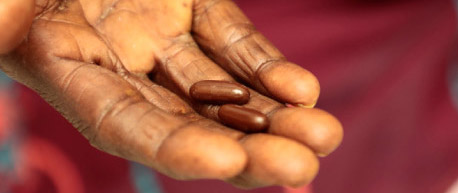
DOTS
1964
ICMR
The Indian Registry of Pathology is set up at New Delhi (now known as National Institute of Pathology or NIP).
1965
ICMR
Occupational Health Research Institute is set up at Ahmedabad (now known as National Institute of Occupational Health or NIOH).
1966
singh's
Cell culture from mosquito tissues is established (known as Singh's cell line and used all over the world in the study of arboviruses).
chandipura
Chandipura Virus is discovered as a causal agent for human encephalitis.
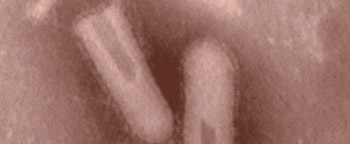
Chandipura Virus
1967
iron-folate
Iron-folate supplement is recommended to pregnant women. (Later implemented in the national programme in 1970).
1968
protein
ICMR dispels the myth that protein deficiency is the main reason for malnutrition and highlights the calorie gap as the actual bottle neck in Protein Energy Malnutrition (PEM).
1969
night
National Prophylaxis Programme against Nutritional Blindness due to Vitamin A Deficiency is initiated after a series of trials by ICMR.
Human Leukocyte
Establishment of first Human Leukocyte Antigen (HLA) department in India to provide tissue typing facilities for renal transplantation facilities at Blood Group Research Centre (BGRC), Mumbai.
1970
home
The demonstration of Oral Rehydration Therapy (ORT) to prevent mortality due to diarrhea is carried out. Home available fluids (HAF) such as Sherbat (salt, sugar, lemon, either singly or in combination) or tender coconut water and pressed rice water is found to be effective as well.
1971
National Nutrition
ICMR sets up a chain of Regional Centres of National Nutrition Monitoring Bureaus, in different parts of India.
1972
Goiter
ICMR demonstrates iodized salt controls endemic Goiter prevalence.
Ina
The Ina blood group antigen was discovered by Dr. Badakere and his team at NIIH, and consequently, the Indian blood group system. Antibodies against this antigen carry clinical significance.
1973
ICMR
The Vector Control Research Centre (VCRC) is established at Pondicherry.
1975
ICMR
ICMR takes over the Central JALMA Institute for Leprosy at Agra, established by the Japanese Leprosy Mission for Asia- JALMA (now known as National JALMA Institute for Leprosy and Other Mycobacterial Diseases or NJILOMD, Agra).
ICMR
Institute for Research in Medical Statistics (IRMS) is set up (now known as National Institute of Medical Statistics or NIMS, Delhi).
1976
ICMR
The Malaria Research Centre is established at Delhi (now known as National Institute of Malaria Research or NIMR).
1977
ICMR
The Cytology Research Centre is set up in New Delhi (now known as National Institute of Cancer Prevention and Research or NICPR, Noida).
1979
Chingleput
'Chingleput Trial' (the largest ever-trial) demonstrates inefficiency of BCG vaccine in adults.
Hepatitis E
Human Hepatitis E Virus is discovered.
Ethics
Policy on ethical considerations involved in research on human subjects released.
1980
National Cancer
The National Cancer Registry Project starts with the establishment of Population and Hospital based Cancer Registries.
1981
ICMR
ICMR takes over the Rajendra Memorial Research Institute of Medical Sciences (RMRIMS) at Patna to research on vectorborne diseases especially Kala Azar.
ICMR
Regional Medical Research Centre at Bhubaneswar (RMRC-B) is set up.
1981
ICMR
Regional Medical Research Centre at Dibrugarh (RMRC-NE) is set up.
1982
ICMR
Regional Medical Research Centre at Port Blair (RMRC-PB) is set up.
1983
first
The first genetic atlas of Indian tribes is compiled.
1984
ICMR
Regional Medical Research Centre for Tribal Health at Jabalpur is set up (now known as National Institute of Research in Tribal Health OR NIRTH).
ICMR NIIRNCD
Desert Medicine Research Centre at Jodhpur is set up (now known as National Institute of Implementation Research in Non- Communicable Diseases or NIIRNCD).
1984
Test
ICMR partners in India's scientifically established test tube baby at IRR (now NIRRH), Mumbai.
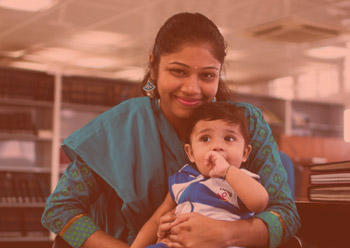
Test tube baby, Harsha with her child.
1986
HIV Sero-
ICMR demonstrates the presence of HIV infection in India in 1980s and supports initiation of country-wide serosurveillance.
Brugia
Shertalai Project: Demonstrated control of Brugian filariasis through IDVC methods.
Malaria
Demonstrated bioenvironmental control of Malaria.
1986
PG Course in
Initiated M.Sc. in Public Health Entomology – the only course of its kind offered in India.
1990
NARI
National AIDS Research Institute (NARI) is established at Pune.
1992
New Phage
A new phage typing scheme for V. cholerae biotype El Tor strain is developed.
New Cholera
A new toxigenic strain of V. cholerae 0139 is detected and characterized.
Leptospirosis
Identified Andaman Fever as Leptospirosis, first reported In Andaman Islands among convicts during 1929.
1993
Salt
Double fortification of cooking salt with iron and iodine is achieved.
1994
ICMR
National Institute of Epidemiology (NIE), Chennai is established.
1994
New
Isolated and identified new serovar of new serogroup of Leptospira for first time causing pulmonary hemorrhages.
1996
kala azar
Miltefosine is validated as treatment for Kala Azar.
2002
polio
ICMR contributes significantly to Polio Research and Global Polio Eradication Program and helps in achieving Polio free status in India.
2003
Immune chromatographic
Supports development of Immune-chromatographic dipstick kit for the rapid diagnosis of cholera.
PPE for
Personal protective equipment (PPE) for tobacco harvesters is produced. Seamless knitted nylon gloves are found to be most suitable, durable, and feasible for the workers.
2004
IndigenouS MAC-ELISA
Indigenous development of MAC-ELISA kits against dengue, chikungunya and Japanese encephalitis viruses for diagnostic use in National Vector Borne Disease Control Program (NVBDCP) is carried out.
2004
Direct
Direct Agglutination Test (DAT) is established for early diagnosis of Kalazar.
Junior
ICMR Junior Research Fellowship (JRF) is initiated to support young scientists to pursue research.
2005
lymphatic
Policy change in the national programme for Lymphatic Filariasis elimination to replace the single drug therapy with combination therapy.
Acute
Identified acute flaccid paralysis for the first time that resembles Guillean-Barre syndrome - a complication of chikungunya, carrying implications for treatment.
2006
ICMR
Regional Medical Research Centre (RMRC), Belgaum is set up (now known as National Institute of Traditional Medicine or NITM, Belagavi).
2006
DHR
Department of Health Research (DHR) is created with support from ICMR in September.
CTRI
Clinical Trial Registry of India CTRI (CTRI), a free and online public record system for registration of clinical trials being conducted in India is launched.
2007
school of public health
School of Public Health is established at National Institute of Epidemiology, Chennai.
2008
ICMR
National Institute for Research in Environmental Health (NIREH) is established at Bhopal.
2010
west nil
Lineage 1 West Nile Virus (highly pathogenic lineage with outbreak potential in Western countries) is detected for the first time in India, in Kerala.
2011
ICMR
National Centre for Disease Informatics and Research (NCDIR) is set up at Bangalore.
2011
Bhopal Memorial
Bhopal Memorial Hospital and Research Centre, Bhopal is transferred to ICMR for providing clinical services to Bhopal Gas Tragedy victims.
Pathogen
A new test for detection of pathogens in food is developed and transferred to industry.
2012
BSL 4 lab
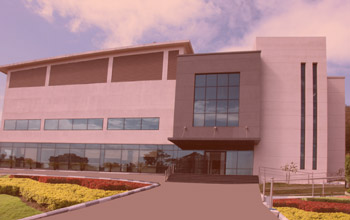
The first high end biosafety level-IV laboratory (BSL) facility is established in Pune for epidemic preparedness and management.
MRU
ICMR initiates establishment of networks of Multi-Disciplinary Research Units (MRUs), Model Rural Health Research Units (MRHRUs), Viral Research & Diagnostic Laboratories (VRDLs).
2013
JENVAC
Indigenous vaccine 'JENVAC' for Japanese Encephalitis is launched.
AMR
Antimicrobial Resistance Surveillance Network established.
2013
Vitamin A and Iron
Dried Blood Spot (DBS) – collection kit for sub-clinical deficiency of Vitamin A and an ELISA-based kit to estimate iron in the blood are launched.
2015
micronutrient mix for
ICMR develops a micronutrient mix (containing seven micronutrients) to fight against anaemia.
TB
India TB Research Consortium established.
2016
WHO-FCTC
National Institute of Cancer Prevention and Research becomes seventh knowledge hub of WHO-FCTC (Framework Convention on Tobacco Control), globally.
2016
Disease
The India State Level Disease Burden Report is released which was the first comprehensive state wise disease burden estimation.
New
ICMR has launched three new diagnostic kits for the detection of Crimean-Congo haemorrhagic fever (CCHF) Sheep and Goat, Crimean Congo haemorrhagic fever (CCHF) in Cattle, Japanese Encephalitis virus (JEV) from Mosquitos.
2017
occupational
Personal cooling garments for workers operating in high temperatures are developed.
2017
Samrat Ashok
Samrat Ashok Tropical Disease Research Centre is established at Rajendra Memorial Research Institute of Medical Sciences, Patna.
ViraL outbreak
Successfully contained Zika, Nipah and Canine Distemper Virus.
2018
ICMR
Regional Medical Research Centre Gorakhpur (RMRC-G) is setup by upgrading the NIV field unit established in 2008.
2018
research
RESEARCH 'Regional Enabler for South East Asia Research Collaboration for Health' platform launched in partnership with WHO and 10 countries to combat emerging and re-emerging infectious diseases in SE Asia Region.
detection kit for
Point of Care diagnostic test for Nipah Virus is developed.
2019
mera
Launched Malaria Elimination Research Alliance (MERA) India to fast track malaria elimination.
E-cigarettes
E-cigarettes ban Bill passed based on evidence report by ICMR.
2019
Ethics
ICMR "National Ethical Guidelines in Biomedical and Health Research Involving Human Participants, 2017" became legally binding under New Drugs and Clinical Trial Rules, 2019.
Ethics
National Ethics Committee Registry for Biomedical and Health Research (NECRBHR) is set up also known as the NAITIK Portal.
2019
India Africa
Established India-Africa Health Sciences Collaborative Platform (IAHSP) to initiate and strengthen India-Africa strategic partnership in the areas of Health Research.
AMR
Antimicrobial Resistance Hub and National Repository of Antimicrobial Resistant Bacteria (NRAMRB) at ICMR-NICED is inaugurated in September in Kolkata.
2019
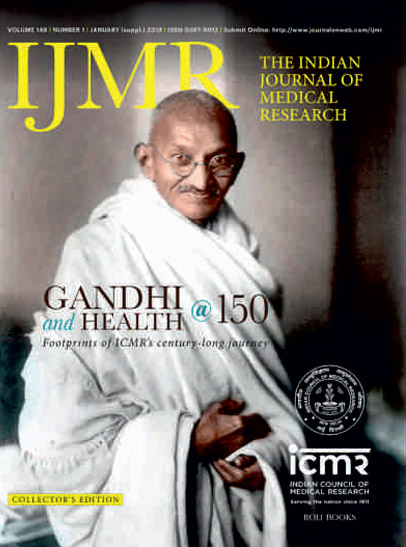
Brought out the special issue of IJMR titled "Gandhi and Health @150" to commemorate the 150th birth anniversary of Mahatma Gandhi.
2019
COVID-19
SARS-CoV-2 is first reported in India by NIV Pune.
Isolated the virus.
Developed RT-PCR & ELISA for diagnosis.

Laboratory Investigations in National Institute of Virology, Pune.
2020
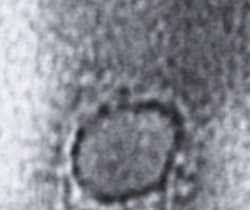
Transmission electron microscopy image of SARS-CoV-2.
2020